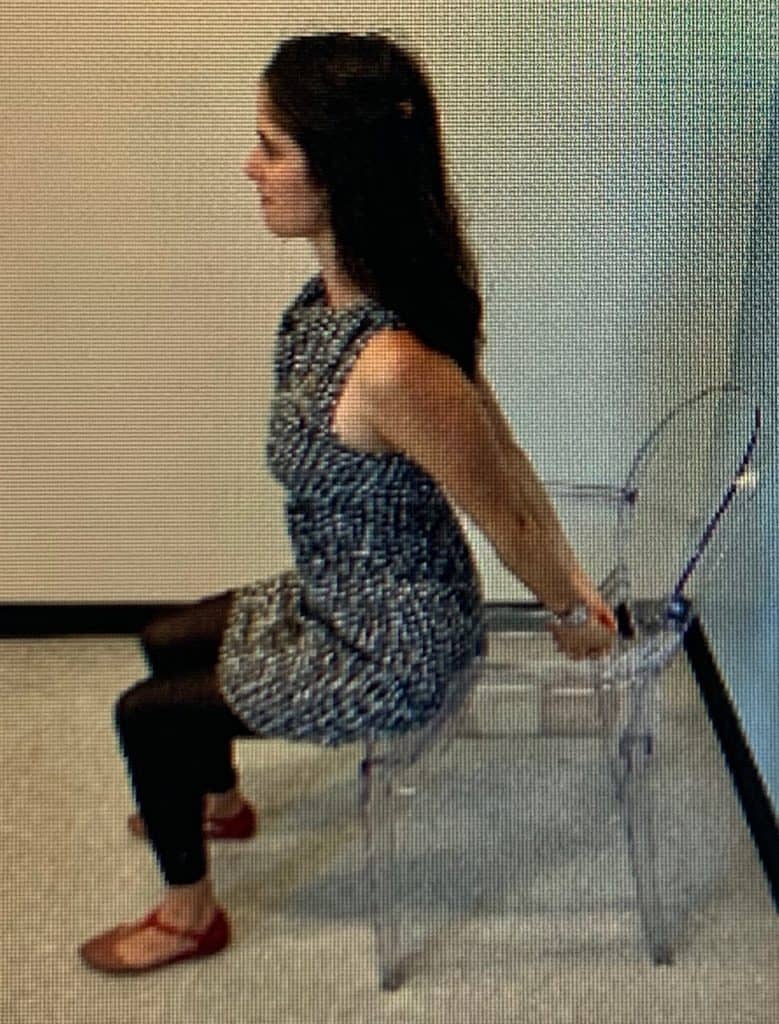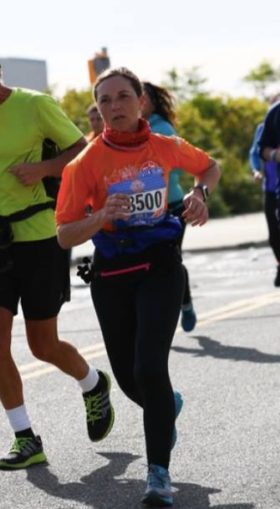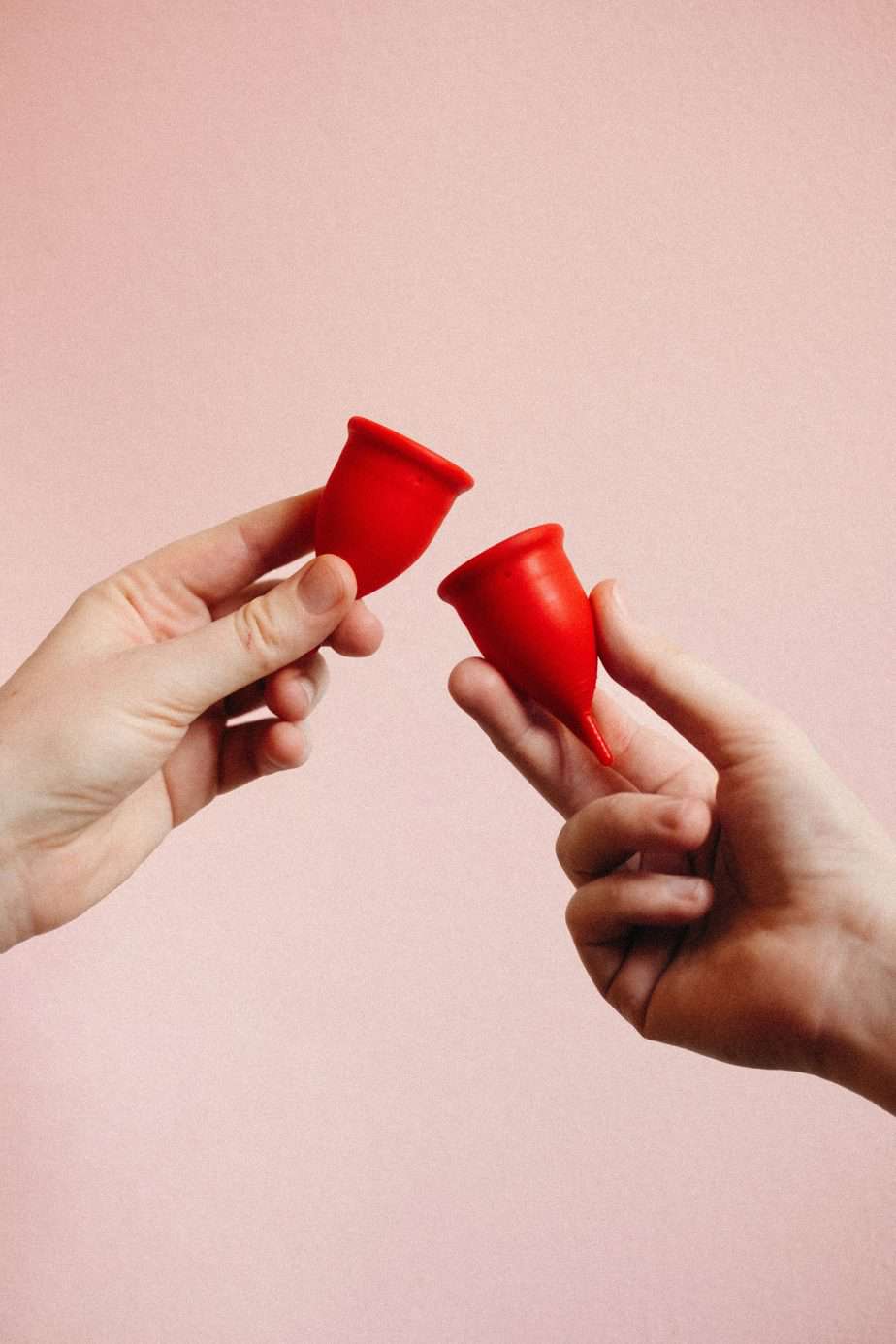Yoga for Stress Relief

Yoga is an ancient form of exercise that combines stretching, mindfulness, and breathing. It is an effective method for reducing stress and relieving muscular tension or pain. Although the stresses of modern life are unavoidable to a degree, they can be monitored and managed to avoid long-term consequences. Chronic stress left unaddressed can produce a multitude of mental and physical symptoms and even contribute to premature death.
Mental symptoms of stress can manifest as worry, irritability, restlessness, insomnia, anger, hostility, and panic. These negative mental states can lead to physical symptoms such as headaches, back pain, muscle clenching and cramping, rapid breathing, and gastrointestinal distress like diarrhea or heartburn. Your bladder can also be affected by increased urinary urgency or frequency. The distress of these physical symptoms can in turn amplify the physical stress response through a cascade of hormonal signals, creating an unforgiving feedback cycle.
Excessive tension in your body can be an indicator of underlying stress and should be monitored to avoid chronic illness or pain. You can start by paying closer attention to what your body is telling you. Are you holding tension in the following ways?
· Neck and shoulder tightness
· Jaw pain
· Abdominal or butt gripping
· Hip pain
· Pelvic floor pressure
Stress can be controlled by gaining insight into your emotions, reducing life problems, and modifying behavior. Yoga can be used to promote relaxation for stress relief and to reduce the risks of injury. Yoga involves the gentle stretching of muscles with slow, deep, regular breathing to reduce the body’s stress response. Stretching has many documented health benefits and is defined as the deliberate lengthening of muscles in order to increase muscle flexibility and joint range of motion. Regular stretching benefits include:
· Decreases muscle stiffness and increases range of motion
· Reduces risk of injury to muscles, joints, and tendons
· Improves posture
· Improves body awareness
· Promotes circulation
· Helps reduce and manage stress
· Decreases risk of low back pain
· Improves joint health
Yoga can easily be incorporated into your daily routine throughout the workday. It is a convenient and practical tool that improves work performance by relieving tension from work stress. Even with the best posture and ergonomic set up at work, your body still needs a break from muscle tension and stress every forty-five minutes to an hour.
Try this adaptive yoga sequence for the office next time you start to notice that you are holding tension.

Deep Breathing
Begin by sitting with your feet flat on the ground at the edge of your chair. Sit so that your ears, shoulders, and hips are in a straight line. Open your mouth and let out a giant audible sigh so that you exhale completely. Close your eyes and focus on your breath: feel your belly rise and chest expand with each inhale and fall with each exhale. It may be helpful to place one hand on the belly and another on the chest to feel the movement of your breath. Take five breaths.

Chest and Shoulder Opener
Sitting with your feet flat on the ground at the edge of your chair and clasp your hands together behind your waist. Inhale as you bring your shoulders up to the ears and roll them back. Exhale as you lift and extend your arms behind you and press your chest forward. Hold for 30-60 seconds as you focus on deep breathing.
Seated Cat Cow
Begin by placing hands a top of thighs while seated at the edge of your chair with ears, shoulders, and hips in a straight line. Exhale as you drop your chin, round your back, draw your belly toward your spine, and slide your hands forward over the knees. (You should look like a scary Halloween cat arching its back). Inhale as you lift your chin and chest, and gaze up toward the ceiling, reversing the curve as the belly becomes full with breath. Repeat for five slow deep breaths.

Seated Twist

With the next exhale; begin to twist to your right. Place your right hand on the seat just behind your pelvis, with your left hand on your right thigh. As you inhale, lengthen through the spine and through the crown of your head. Exhale, deepening the twist as you draw the belly in. Try to gaze over your shoulder while maintaining length through the crown of your head. Hold for 30 to 60 seconds, then switch sides and repeat.

Seated Pigeon Pose
Place your outer left ankle on your right thigh, with your right hand resting on your left ankle and your left hand on your left knee. Exhale and bend forward from the hip joints. Keep the spine straight as you fold forward. Fold only as far as you’re comfortable, gently stretching the deep muscles surrounding the left hip joint. Hold for 30 to 60 seconds, and then change sides.

Seated Forward Fold
Separate your knees and feet slightly wider than hip distance apart and place your hands on your thighs. Exhale and fold forward from the hips, keeping the spine straight. Hold for a few breaths. Slide your hands down your legs, allowing the spine to round (be careful if your chair is on wheels). If you are comfortable, you may release your hands to the floor between your feet. Hold for 30 to 60 seconds, and then slowly come back up, sliding your hands up the legs and using abdominal muscles for support to protect your lower back.
General Stretching Guidelines
Muscles require time to lengthen safely. Hold stretches 30-60 seconds to lengthen them effectively.
Never stretch to the point of pain. A proper stretch should be performed at the edge of discomfort, where you feel the muscle stretching under tension. Always remember that you should feel “a pull but not a pain.”
Stretching muscle fibers in an acute state of injury can result in further damage. You should therefore avoid stretching without the guidance of a healthcare professional if you have the following conditions:
• Muscle strain
• Fractured bones
• Joint sprain
Written by Victoria Garrett, PT, DPT
Resources:
1. S. Mat Harun, Nini & S. Mohd Yusoff, Siti & Abdul Kadir, Azidah & M. Noor, Norhayati & Draman, Nani & Muhammad, Juliawati. (2019). Depression, anxiety, stress, and socio-demographic factors for poor glycaemic control in patients with type II diabetes. Journal of Taibah University Medical Sciences. 14. 10.1016/j.jtumed.2019.03.002.
2. Gura, Shira. (2002). Yoga for stress reduction and injury prevention at work. Work. 19. 3-7. https://www.acefitness.org/education-and-resources/lifestyle/blog/5107/top-10-benefits-of-stretching?utm_source=Rakuten&utm_medium=10&ranMID=42334&ranEAID=TnL5HPStwNw&ranSiteID=TnL5HPStwNw-jIE.gEdeYcKAMwat2o4Erg
3. Page P. (2012). Current concepts in muscle stretching for exercise and rehabilitation. International journal of sports physical therapy, 7(1), 109–119.
4. Exercising to relax. (2018). Harvard Health Publishing. Retrieved from https://www.health.harvard.edu/staying-healthy/exercising-to-relax
5. Capitolo, G. (2019). YOGA BREAK! 5 OFFICE YOGA POSES. Yoga International. Retrieved from
https://yogainternational.com/article/view/yoga-break-5-office-yoga-poses







